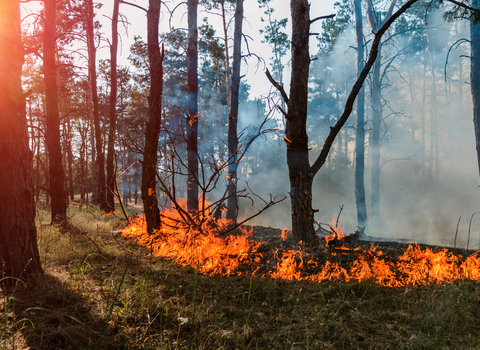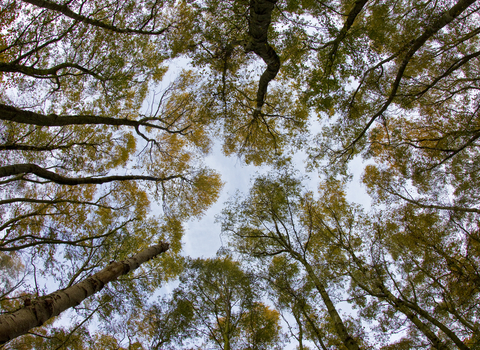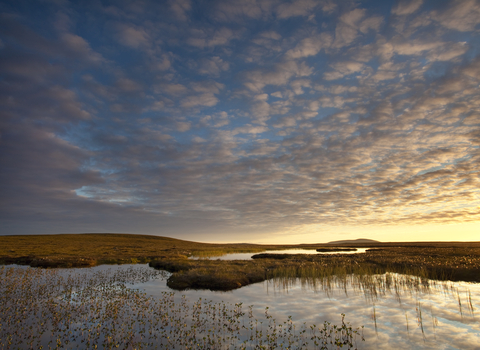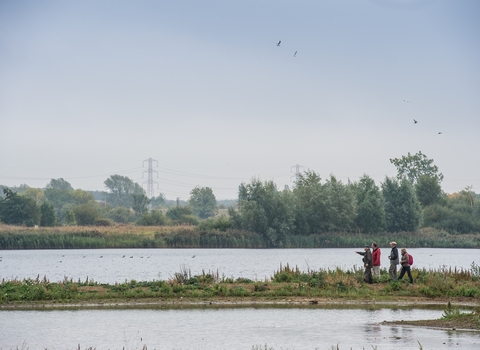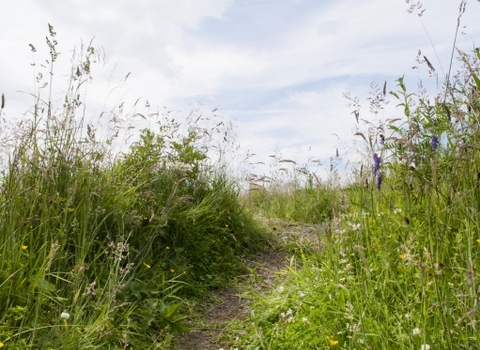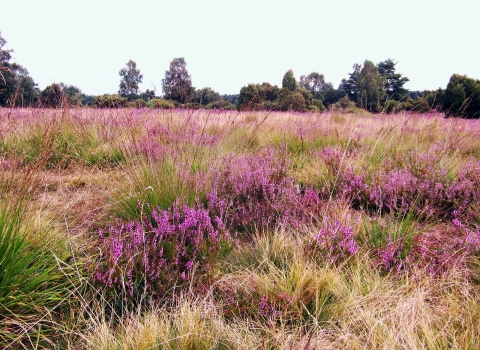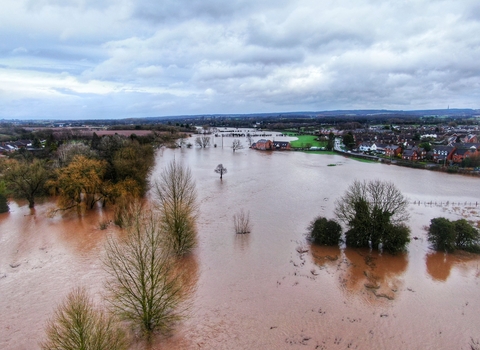A global emergency
We are in the middle of a climate and nature emergency, and the two are inextricably linked. Climate change is driving nature’s decline, and the loss of wildlife and wild places leaves us ill-equipped to reduce carbon emissions and adapt to change.
One cannot be solved without the other.
We know from experience that restoring nature can help soak up carbon emissions - known as natural solutions to climate change - whilst contributing many additional benefits. When healthy, our natural habitats can reduce the risk of flooding, help prevent coastal erosion, improve people’s health and wellbeing, as well as maintain healthy soils, clean water and the pollinators needed for our crops – and therefore sustain us.
Nature itself is at risk from climate change, but if helped to recover, its potential to store carbon does mean it can help us to turn the tide on the climate catastrophe.
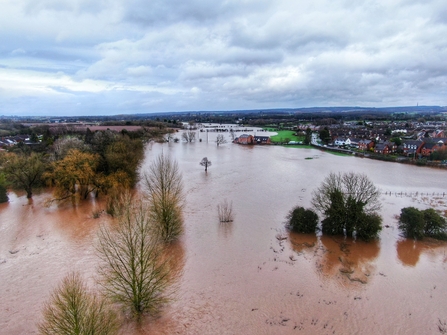
Our natural systems could provide 37% of the CO2 mitigation needed by 2030 to meet the Paris Agreement.
What are The Wildlife Trusts doing?
For decades, Wildlife Trusts up and down the country have been working on the ground to restore nature. We protect and recover important habitats that lock carbon safely away and limit the effects of climate change, including peatland, saltmarsh, fen and woodland
The Wildlife Trusts' response
In response to the climate crisis, The Wildlife Trusts are:
- Stepping up our work to restore vital habitats and natural climate solutions on a landscape scale
- Calling for investment in natural climate solutions and nature's recovery, as a priority in tackling climate change, such as plans to achieve net zero
- Pushing for the creation of a national Nature Recovery Network to restore thriving ecosystems and give wildlife space to adapt
- Ensuring natural solutions are at the heart of local and national decision-making, such as planning, and working to protect them from damaging development and infrastructure projects
- Working to ensure people of all walks of life can connect with and enjoy nature, for the benefit of our health and wellbeing.
Download our report:
Let Nature Help: COP26 edition
Adressing our own carbon footprint
From travel to running our visitor centres, to powering our operations and even our conservation work, The Wildlife Trusts recognise that our activities can have an impact on the climate crisis. We are currently assessing the footprint of all 46 Wildlife Trusts and will set out our ambitions to become carbon neutral - or even carbon negative - as a movement.
How are Staffordshire Wildlife Trust fighting climate change?
Let nature help!
Locally in Staffordshire we have already been impacted by climate change.
2019 saw Stafford and Trent Valley hit by destructive flooding. There was devastating wild fires in 2018 & 2019 causing more damage than the previous decade put together. We are also noticing species moving north as climate warms and migratory birds arriving earlier.
Our habitats on land have a huge role to play in addressing climate change. Nature-based solutions and the restoration of semi-natural habitats are one of the weapons in our armour to fight climate change and help species and habitats adapt to it.
Globally, plants have removed 25% of human-made carbon emissions, whilst our soils contain more carbon than is stored in those plants and the atmosphere combined!
It has been estimated that healthy natural systems could provide one-third of the most cost effective ways of fighting climate change!
At the Trust we invest heavily in Nature-based solutions, working daily to repair and expand habitats that fight climate change.
Watch the video and click on the links below to find out more about our Nature-based solutions approach and how we are putting investment in nature to tackle climate change
We need your help!
From growing your own grub to sending in a wildlife sighting it is that easy to do your bit to fight climate change. Together we can create a wilder future!

